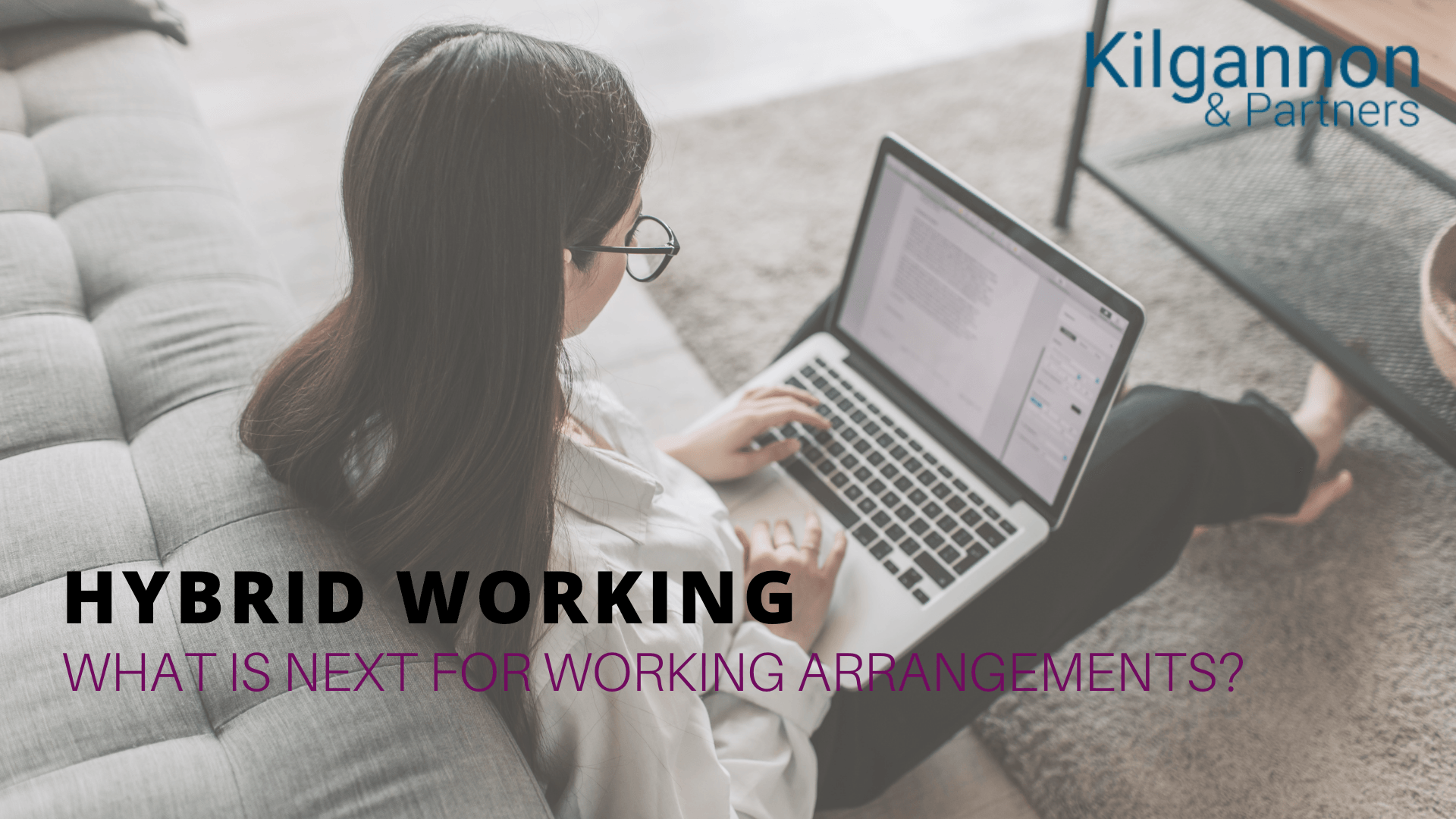Hybrid Working
Hybrid Working

The recent government announcement that restrictions will be lifted on July 19, has left many employers and employees wondering what is next for working arrangements as the requirement to “work from home where possible” will be removed.
The events of the last year have meant that we have all had to adapt to different ways of working, including working from home, staggering working hours to avoid busier commutes, conducting meetings by video and some have also been balancing home-schooling as well.
Over the last few months, we have seen a number of organisations announce Hybrid Working arrangements and some big names also announcing that they will be returning (or already have returned) to their previous arrangements. A YouGov survey suggests that the majority of workers want to continue to work from home at least for some of the week going forward. We explore some the factors to consider in deciding what to do in your organisation.
Changes to Terms and Conditions
Usually, a change to terms and conditions requires consultation and agreement from the workforce. On the whole, our experience is that there has been little resistance to a change that requires staff to work from home and, in fact, for some clients we have seen an improvement in work-life balance by removing the commute. However, if you are trying out a new arrangement and decide six months down the line that you would like to return to full office attendance, you may find that you are in a difficult position as you will then need to consult with staff and gain their agreement to the change. If they refuse and they are dismissed or resign in response to the change in terms and conditions, they could have a claim for Unfair Dismissal or Constructive Unfair Dismissal. If they have made childcare arrangements around the change and this is affected, there could also be potential for discrimination claims.
Mental Health
We have seen a number of initiatives to ensure awareness and support of mental health first aid at work. While these are all positive initiatives, there is a risk, particularly when an individual is working from home entirely, that the early warning signs are missed and where individuals live alone, they could be missing out on their only form of social interaction.
Cost-savings
Having a hybrid working arrangement could mean a reduction in the need for office space, less utilities and therefore a cost-saving. Equally, there may be initial outlay in terms of purchasing equipment for home use but there is a good chance that businesses will have already incurred this cost in the last year. If cost saving is a factor, as it often is, you need to ensure your policies and approach do not result in increased costs, particularly the cost to create two offices for each employee and the additional resources needed to manage those working remotely.
Tax (and other) issues
We have seen some clients willing to allow staff to work overseas. This makes a hybrid solution more difficult to achieve. If you have staff working abroad, or are considering allowing this, there may be issues about whether the member of staff remains a UK tax resident and this opens up a whole host of potential issues.
Where staff may be living and working in a foreign jurisdiction, you will also need to consider any immigration issues to ensure your staff have the correct visa/permissions to work either here should they travel occasionally to the UK or in the country where they are based.
Flexible Working Requests
Any employee can make a flexible working request once they have worked for an organisation for 26 weeks and, although there is no right for this to be granted, it must be properly considered and can only be refused for a prescribed reason. If a flexible working request is granted, it becomes a permanent change to terms and conditions and therefore will take priority over those with temporary arrangements.
Productivity
With advancements in technology, it should now be easier to measure productivity and organisations will be able to measure any changes in efficiency from working from home. Early indications suggest that staff are more productive working from home as they are more focused and have fewer distractions. An ideal outcome with a hybrid solution, is that you potentially achieve the best of both Worlds. The time in the office allows for collaboration and team building while the time at home should allow your staff to be more productive.
Risk Assessment
Whilst it might be acceptable to delay a risk assessment during lockdown, if you decide to make hybrid working a permanent feature, you will need to ensure that home working environments amount to a “safe system of work”. This is likely to involve attending their home to carry out various H&S assessments
Competitive Edge
As we start to re-build after the financial hit of Covid-19, it is important to get the right people in place as part of our recruitment strategies. If your competitors are offering hybrid working, you may be missing out on the right candidate because you do not offer the flexibility shown by your competitors.
Want to learn more?
We are going to be exploring this topic further at our October HR Forum. Please contact us if you would be interested in attending the HR Forum to learn more or to share your experience.
If you would like any further information or want to discuss any of these issues then please contact the writer, Emily Kidd, via ek@kilgannonlaw.co.uk or on 01483 388 902.
Kilgannon & Partners LLP is a specialist employment law firm where our experienced employment law partners offer practical, prompt and professional employment law and HR advice.
14th July 2021. © Kilgannon & Partners LLP











